PDF-SPECIAL VOCATIONAL PROGRAM GUIDECHILD CAREYOUR VIEWS ARE IMPORTANT Aft
Author : thomas | Published Date : 2021-10-03
ThanksFcfipd hete and sealBUSINESS REPLY MAILFIRST CLASS PERMIT NO 168 SALEM OREGONPOSTAGE WILL BE PAID BY ADDRESSEEPublications SectionOregon Department of EducationSalem
Presentation Embed Code
Download Presentation
Download Presentation The PPT/PDF document "SPECIAL VOCATIONAL PROGRAM GUIDECHILD CA..." is the property of its rightful owner. Permission is granted to download and print the materials on this website for personal, non-commercial use only, and to display it on your personal computer provided you do not modify the materials and that you retain all copyright notices contained in the materials. By downloading content from our website, you accept the terms of this agreement.
SPECIAL VOCATIONAL PROGRAM GUIDECHILD CAREYOUR VIEWS ARE IMPORTANT Aft: Transcript
Download Rules Of Document
"SPECIAL VOCATIONAL PROGRAM GUIDECHILD CAREYOUR VIEWS ARE IMPORTANT Aft"The content belongs to its owner. You may download and print it for personal use, without modification, and keep all copyright notices. By downloading, you agree to these terms.
Related Documents

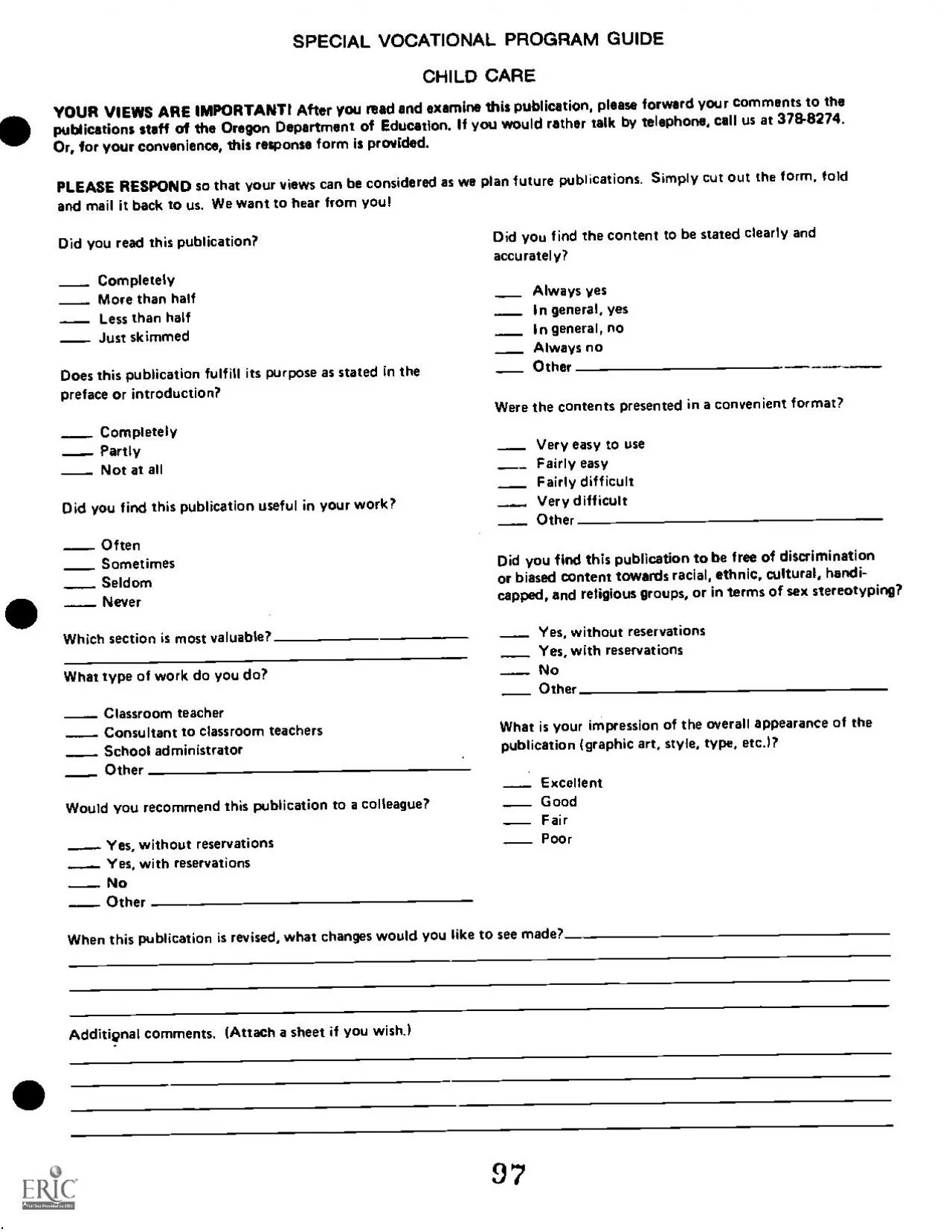
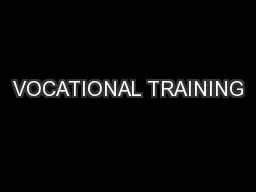
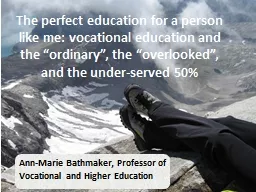

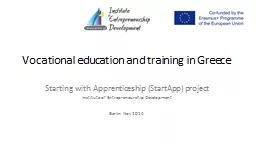

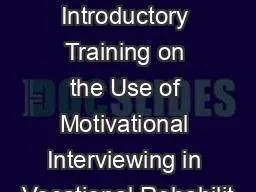

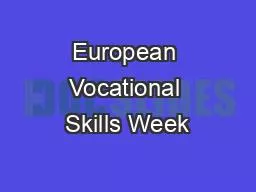

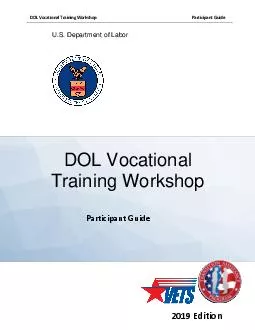
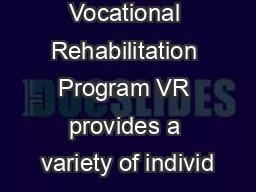
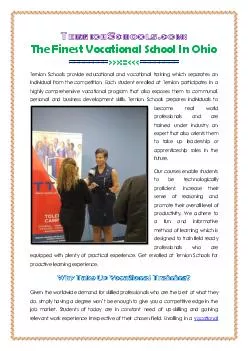
![[DOWNLOAD] Vocational Technical Schools West: More Than 2,300 Vocational Schools West](https://thumbs.docslides.com/1005627/download-vocational-technical-schools-west-more-than-2-300-vocational-schools-west-of-the-mississippi-river-peterson-s-vocational-technical-schools-programs-west.jpg)